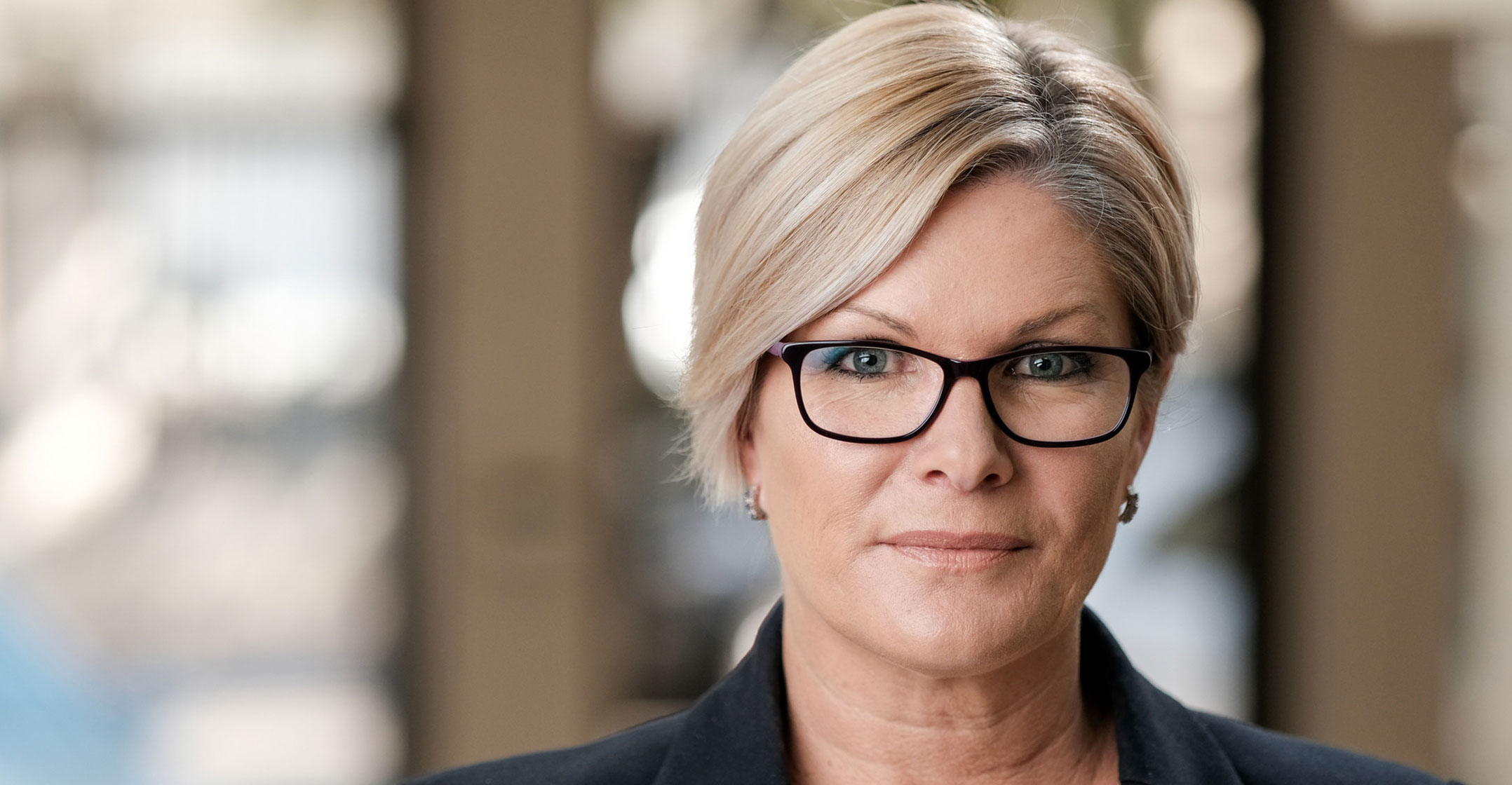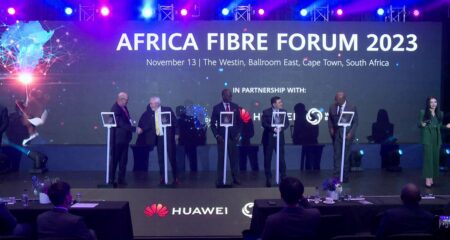 The advent of 5G mobile broadband technology promises to revolutionise the way people communicate with machines, and the way organisations across the board conduct business.
The advent of 5G mobile broadband technology promises to revolutionise the way people communicate with machines, and the way organisations across the board conduct business.
“5G will enable instantaneous connectivity for billions of devices, the Internet of things (IoT) and a world that is truly connected. These networks promise to bring dramatic economic and efficiency improvements in the markets in which they are deployed,” says Juanita Clark, CEO of FTTX Council Africa, a body that fo-cusses on the fibre industry and all stakeholders affected by the industry.
She says smart city and factory applications, telemedicine, autonomous vehicles and other machines for fourth Industrial Revolution applications, are among many examples where 5G is set to revolutionise a wide range of industries.
However, when we think of 5G, we tend to focus on all the bright and shiny new services that will become available to us, Clark adds. “We don’t think about the incredibly complex challenge of managing these highly dynamic, enormously scaleable networks, or the actual physical infrastructure that is needed to sup-port the 5G vision.”
She says for 5G to be rolled out, massive investments are required to upgrade and deploy new infrastructure. “Additional support infrastructure is needed to deploy a much higher-density network structure. Remember, 5G is built on fibre. In fact, it is estimated that to realise the benefits of 5G, we will need eight times the fibre we currently have laid down. In fact, only around 11% of traffic will be carried by the mobile network, and the other 89% of the network traffic will be supported and carried on the backhaul fibre network. This is before the macro-cellular equipment, and other infrastructure that 5G needs.”
Small cells
Another crucial component of 5G architecture is outdoor small cells, as these play a key role in providing the capacity required for traffic hotspots to ensure that these locations have sufficient coverage. “Small-cell infrastructure has the potential to completely transform the landscape. To lower expenses for 5G op-erators, 5G allows for smaller transmitters that use a lot less power and cover far smaller service areas than you can expect from 4G towers.”
Clark says estimates vary, but research indicates that carriers will need several hundred times the number of towers than are currently in place, although these have the potential to integrate far better with the environment due to their size.
In addition, she says 5G employs a new digital technology called massive Mimo – “multiple input multiple output” — and provides better throughput and better spectrum efficiency. It utilises many targeted beams to spotlight and follow users within a cell site to greatly improve coverage, speed and capacity. At the moment, network technologies work more like a floodlight, lighting up far wider areas, which wastes a lot of the signal. “With 5G, massive MIMO and 5G New Ra-dio will need to be rolled out to all mobile network base stations to augment existing 4G infrastructure.

”Essentially, Clark says, once complete, the transition to 5G will result in an over-haul of communications infrastructure unlike any we have seen in history. “5G is the gateway for IoT at scale. It has been said that future iterations of 5G net-working will turn data-driven industries and smart cities on their heads, and revolutionise infrastructure management as it will facilitate an almost limitless number devices working reliably, securely and seamlessly in the same area.”
The emergence of 5G will have a tremendous impact on communications and network infrastructure, but this isn’t where it ends, says Clark. “As with all new technology comes a need for a highly skilled workforce, and nowhere is this truer than with 5G. Unfortunately, 5G is creating a chronic shortage of individuals with the requisite abilities.”
In a country like South Africa, where the demand for ICT skills, in general, is critical, this is an even bigger issue. “And this gap will only grow larger without training and educational opportunities. All wireless providers understand the pressure to build a skilled workforce to meet 5G requirements, and every business that depends on wireless networks is counting on their providers to be able to supply what is needed.
“We are at a ‘perfect storm’ where demand will outpace supply for the roll-out of 5G infrastructure. The wireless industry in South Africa is already experiencing a chronic labour shortage and a skills gap,” she adds.
Moreover, wireless jobs are not only changing, they are changing rapidly. “If we can’t find ways to meet the skills demand today, we are going to be in serious trouble when 5G starts rolling out. Private and public sector organisations need to work together to find ways to meet this demand, and quickly,” Clark concludes.
Taking place at the Sandton Convention Centre on 8 and 9 October, the FTTX Council Africa Conference is the telecommunications event of the year. With over a thousand delegates, 50 exhibitors, 60 speakers and information-packed workshops, this event is not to be missed. To register, please visit the conference website.
- This promoted content was paid for by the party concerned




